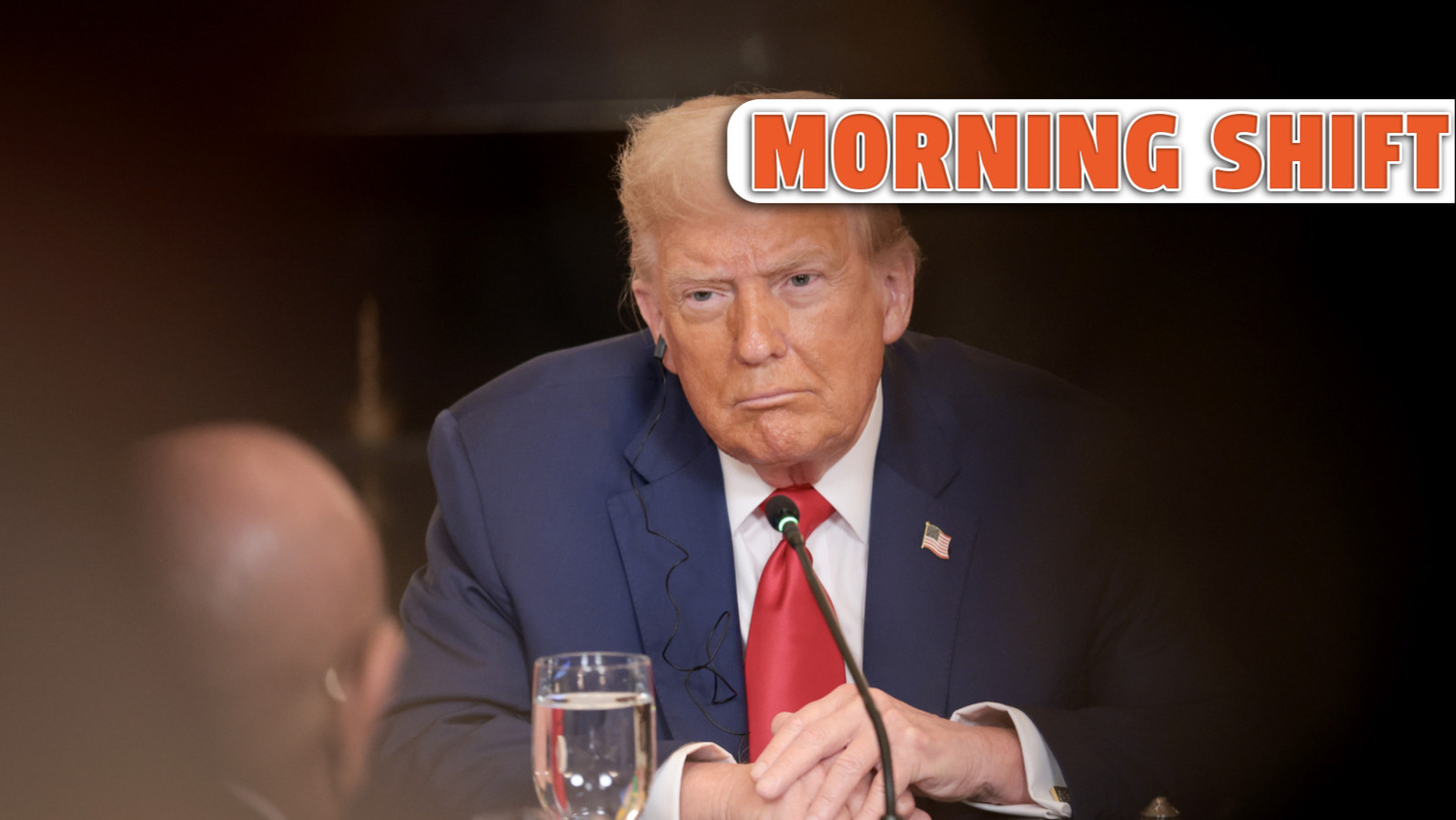How Will New Tariffs Affect the Price of European and Mexican Cars in the US?
If you’ve been eyeing a new Audi, BMW, or maybe a sleek Volkswagen, you might want to brace yourself. Starting August 1, a 30 percent tariff is set to hit cars imported from Europe and Mexico. This isn’t just a headline—it’s a move that could shake up car prices, dealership inventories, and even the types of vehicles you see on the road.
Why Are These Tariffs Being Introduced Now?
The reasoning behind these tariffs is layered. US officials argue that the move is meant to protect American automakers and level the playing field. They claim that European and Mexican manufacturers have had an edge, thanks to lower production costs and, in some cases, government subsidies. The new tariffs are intended to make imported vehicles less attractive price-wise, nudging buyers toward domestically made options.
But there’s another side to the story. Critics, including several economists and auto industry analysts, warn that tariffs often end up raising prices for consumers rather than boosting local manufacturing. According to a 2023 report from the Center for Automotive Research, previous rounds of auto tariffs led to an average price hike of $1,300 per vehicle for US buyers. That’s not pocket change.
What Does a 30 Percent Tariff Actually Mean for Car Buyers?
Let’s break it down. Imagine you’re considering a $40,000 car imported from Germany. With a 30 percent tariff, that car could now cost $52,000 before you even talk about taxes or dealer fees. For many, this could put European and Mexican models out of reach or push buyers toward the used market.
Dealers are already preparing for a wave of price adjustments. Some are rushing to clear out existing inventory before the tariffs kick in, while others are bracing for slower sales and more cautious customers. It’s not just luxury brands that will feel the pinch, either—plenty of mainstream models are built in Mexico, including popular SUVs and trucks.
Could This Move Backfire on US Automakers?
It’s easy to assume that higher tariffs will automatically boost sales for American brands. But the reality is a bit messier. Many US automakers rely on parts and even finished vehicles from Mexico and Europe. According to the American Automotive Policy Council, nearly half of the vehicles sold by US-based manufacturers contain significant foreign content. So, the ripple effect could hit domestic brands too—either through higher parts costs or supply chain headaches.
There’s also the risk of retaliation. The European Union has already hinted at possible countermeasures, which could make it harder for US-made cars to compete overseas. That’s a headache for companies like Ford and General Motors, who count on global sales to stay profitable.
How Might This Change the Cars We See on the Road?
You might notice fewer new European and Mexican models on dealer lots, especially if prices jump overnight. Some automakers could shift production to the US to dodge the tariffs, but that’s not a quick fix. Setting up new factories or retooling existing ones takes years, not months.
In the meantime, buyers might pivot to used cars, certified pre-owned models, or even consider leasing instead of buying new. There’s also a chance that American brands could seize the moment to win over shoppers who might have otherwise gone with an import—if they can keep their own prices in check.
What Should Shoppers Do Right Now?
If you’re in the market for a new car and have your heart set on a European or Mexican model, you might want to act fast. Dealers are likely to offer incentives to move current inventory before the tariffs take effect. On the other hand, if you’re open to alternatives, it could pay to wait and see how the dust settles. Sometimes, initial price hikes are followed by discounts or creative financing as dealers and automakers adjust to the new normal.
It’s also smart to keep an eye on the used market. Historically, when new car prices spike, demand for used vehicles climbs, which can drive up prices there too. If you’re flexible on make and model, you’ll have more options and a better shot at finding a deal.
The Big Takeaway
Tariffs on European and Mexican cars aren’t about perfection—they’re about smarter adjustments. Start with one change this week, whether it’s researching alternative models or locking in a price on your dream car, and you’ll likely spot the difference by month’s end. The auto market is shifting, but with a little savvy, you can stay ahead of the curve.


